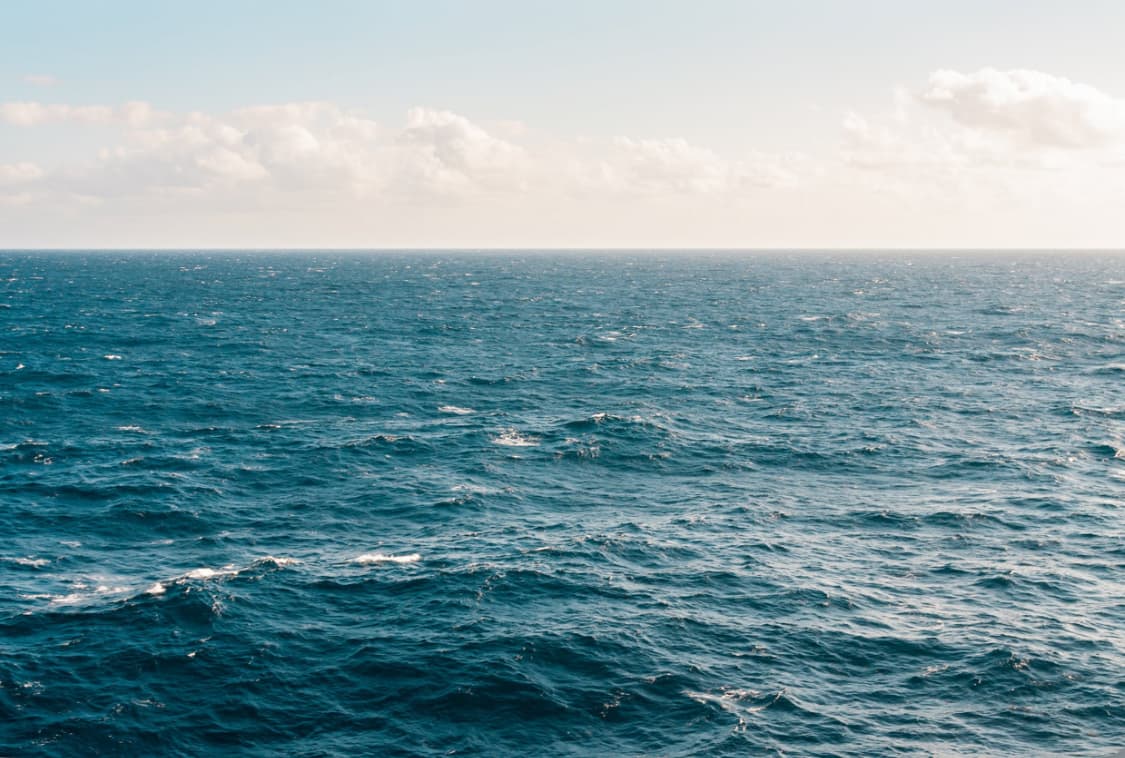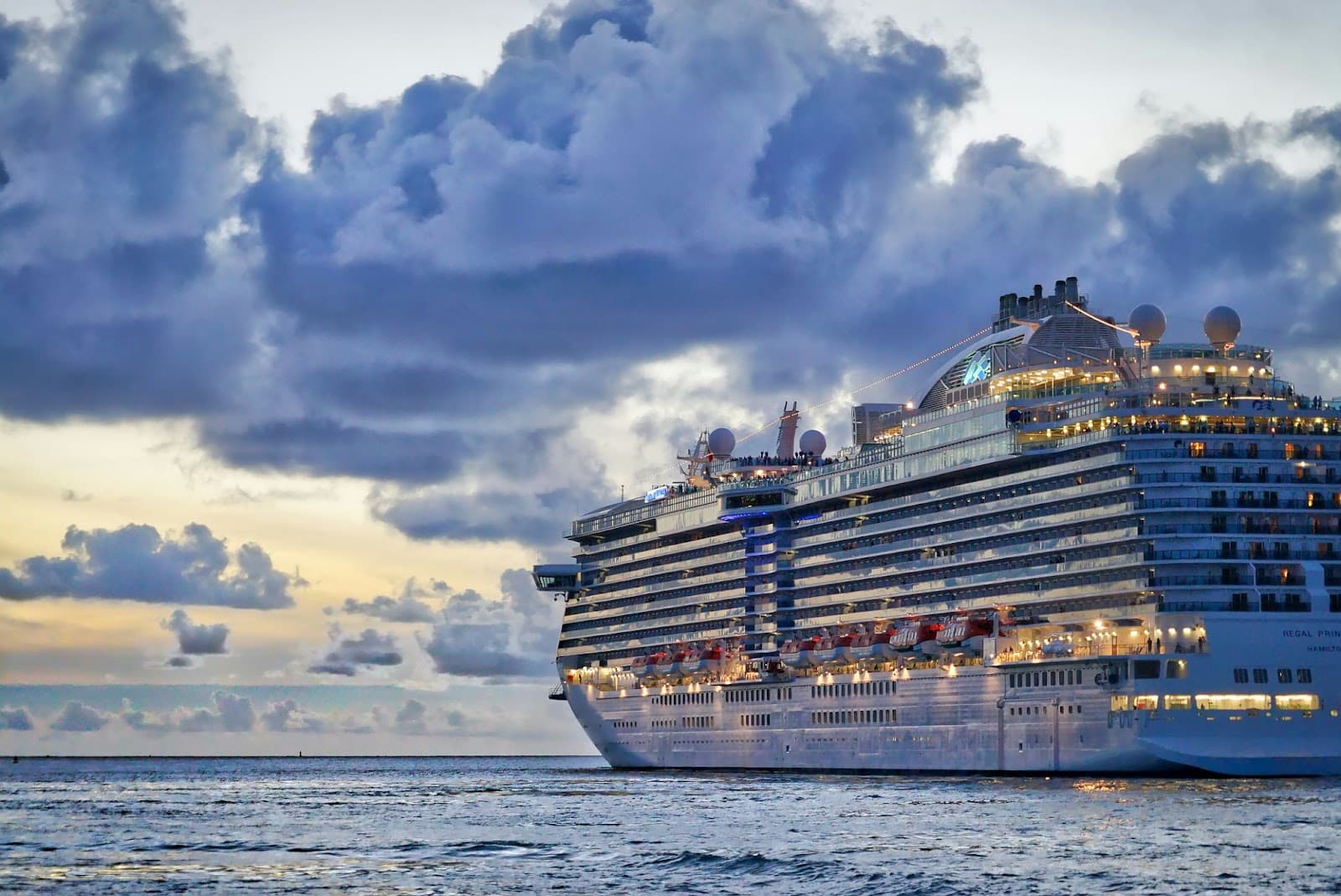Nestled within the Arctic Circle and enveloping the Geographic North Pole, the Arctic Ocean emerges as Earth’s smallest and coldest ocean, claiming the title of the most northern ocean globally. With a vast expanse covering roughly 5.4 million square miles, it outshines in size only by the Southern Ocean, which encases Antarctica and exceeds the Arctic Ocean by about 25 percent in area.
The Pacific Ocean, the planet’s largest, merges with the Arctic Ocean through the Bering Strait, while the Atlantic Ocean, ranking second in size, connects via the Greenland Sea. However, the Arctic Ocean remains isolated from the Indian Ocean, the third-largest body of water globally.
Geological evidence suggests the Arctic Basin came into existence during the Cenozoic Era. Its seabed is intricately divided by three significant underwater ridges, with the Lomonosov Ridge partitioning the seafloor into the Eurasian and Amerasian Basins, and the Mid-Oceanic and Alpha Ridges further delineating these extensive basins, thereby segregating the Arctic from the Atlantic Ocean.
What is the Smallest Ocean?
The Arctic Ocean’s deepest point plunges over 17,500 feet below sea level, though the average depth hovers around 12,000 feet. Encompassing the North Sea, the Hudson Bay, and the Barents Sea, along with various straits and tributaries, the surface waters of these areas intermingle freely. However, underwater ridges thwart the exchange with deeper waters, resulting in a persistent reservoir of frigid water at the Arctic Basin’s bottom.
Unique Features
Encased almost entirely by the landmasses of Eurasia and North America, the ocean’s hallmark is its perpetual ice cover, with temperatures seldom ascending past the freezing mark. The extent of ice fluctuates seasonally, blanketed in snow for ten months annually. During sporadic instances of diminishing ice, vessels navigate the Arctic Ocean via the Northwest Passage and Northern Sea Route. The combination of low evaporation rates and minimal connection to other global oceans, alongside a significant influx of freshwater from rivers and streams, culminates in the Arctic Ocean’s notably low salinity levels.
Despite its extensive ice cover for most of the year, the Arctic Ocean is far from lifeless. Brine channels within the ice form ecosystems for various algae and bacteria, which in turn sustain flatworms and other tunnel-dwelling organisms. Melting ice creates pools on the ice cap, fostering additional life forms. The release of these organisms and nutrients into the ocean bolsters algae growth, serving as sustenance for creatures like zooplankton, which feed fish, seals, squids, and the lion’s mane jellyfish. These larger beings are preyed upon by endangered species such as polar bears, walruses, and whales. Other fauna, including hares, gulls, and guillemots, inhabit the polar ice cap seasonally, venturing as far north as the 88th parallel.
Previously dubbed the Frozen Ocean, the Arctic remained largely uncharted until the Amundsen-Ellsworth flight in 1926. The realization that flights over the Arctic Ocean could shorten the distance between major cities across Asia, Europe, and North America spurred further exploration. Research in the 1950s unveiled the intricate nature of the icecap and seabed of the planet’s tiniest ocean.
Over decades, advancements in aerial and satellite imagery, along with sophisticated scientific equipment, have shed light on the ice floes, water depths, and marine life. Scientists now focus on understanding the shifting weather patterns and their impacts on the polar icecap and water temperatures, striving to gain deeper insights into the dynamics of the world’s smallest ocean.
Conclusion
In conclusion, the Arctic Ocean, with its unique position at the top of the world, plays a crucial role in Earth’s climatic and ecological balance. Despite its harsh conditions and remote location, it is a vibrant ecosystem, rich in biodiversity and pivotal in global weather patterns. Its exploration and study have not only expanded our understanding of marine and polar science but also highlighted the importance of preserving such a fragile environment in the face of climate change. The ongoing research and monitoring in the Arctic are vital for predicting future environmental shifts and for the implementation of conservation strategies to protect this extraordinary ocean and its inhabitants.
Table: Key Features of the Arctic Ocean
| Feature | Description |
|---|---|
| Location | Encircles the Geographic North Pole, within the Arctic Circle |
| Size | Approximately 5.4 million square miles, Earth’s smallest ocean |
| Depth | Deepest point > 17,500 feet; average depth ~ 12,000 feet |
| Connection to Other Oceans | Linked to the Pacific via the Bering Strait; to the Atlantic through the Greenland Sea |
| Geology | Formed in the Cenozoic Era; floor segmented by major underwater ridges |
| Ice Coverage | Perennial, with seasonal variation; supports diverse ecosystems through brine channels and melting pools |
| Salinity | Lowest among all oceans due to low evaporation and significant freshwater influx |
| Biodiversity | Hosts a variety of marine life, from microorganisms to endangered species like polar bears and walruses |
| Exploration History | Largely unknown until the early 20th century; recent studies focus on climate impact and conservation |
This table encapsulates the essence of the Arctic Ocean, underscoring its distinct characteristics and the significant role it plays in our planet’s environmental health. The ongoing commitment to studying this remote ocean will ensure that future generations can understand, appreciate, and preserve its unique beauty and ecological significance.



